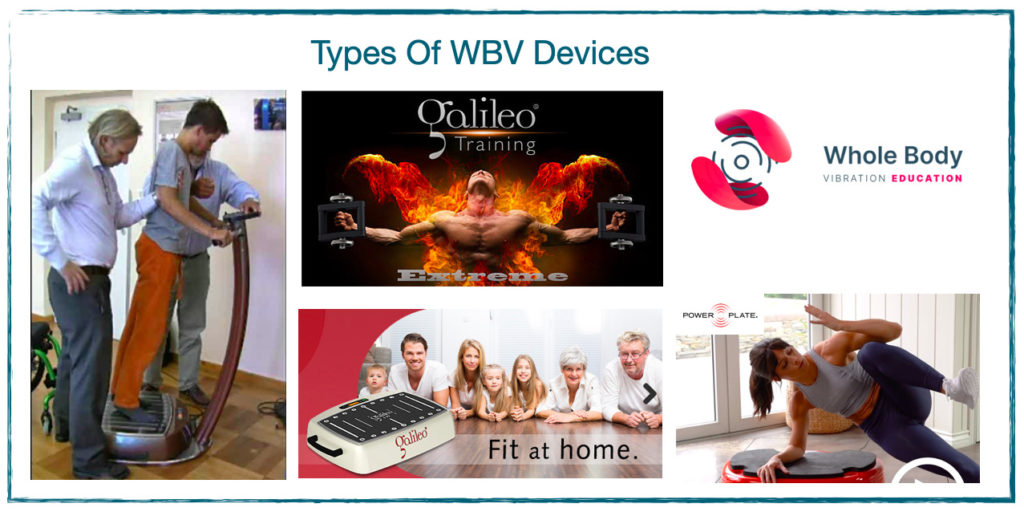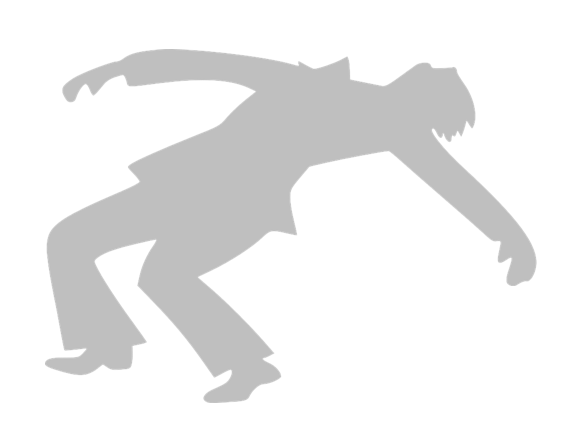Hello and happy new year! And don’t we hope for a much better 2021? Anyways, let’s not focus on that; today we’re back with post 56 of Strength & Conditioning For Therapists and number 3 in the sub-series of Adjuncts To Rehabilitation. Specifically, today we’ll be looking at whole body vibration (WBV), what is it and is it worth being considered in rehabilitation. In the next article we’ll critically evaluate the evidence base more fully.
Whole Body Vibration (WBV); What Is It?
Some of you I’m sure have heard of vibration, whether that be from a training or therapeutic perspective, or perhaps you’re more familiar with the negative effects that it can have.
Vibration: Continuous quick, slight shaking movement
Cambridge English Dictionary
Typically vibration is something that we’ve tried to eliminate from work and activities. Prolonged hand-arm vibration from construction and mechanical tools have been associated with vibration white finger, characterised by painful numbness and tingling in the hands and arms. Accordingly, we’ve tried to minimise exposure to vibration from working and travel environments, so why might we want to consider it as a potential or rehabilitation training tool?
Whole Body Vibration Can Be An Effective Tool
The negative effects of vibration are typically observed following sustained and prolonged exposure. For example they’re most commonly associated with people who work in manual jobs that involve frequent use of vibrating hand tools, especially when they’re used for sustained periods. Accordingly, there’s a whole section on this on the (UK) Government’s Health & Safety Executive
Vibration training is something quite different and it’s actually been used for quite a while. In fact NASA started to use it back in the 1970s to offset muscle and bone loss associated with space flight. Survey the scientific literature and you’ll find all manner of applications, including beneficial effects to bone mass, muscle strength and balance.
Types Of Vibration
Vibration can be applied in a couple of different ways: directly focussed over the target muscle/tendon using a hand-held vibrator (yes I know! Trying to avoid the jokes) or ‘indirectly’ by standing/sitting on a vibration platform, where the vibration stimulus is propagated from the feet up through the rest of the limb segments.
Direct Vibration
Direct vibration can be an effective means to activate muscle and has been the topic of research since the 1960s. I remember the first time I read about this, or took notice of it (!) – was in my first year of my PhD and I was eagerly reading a new textbook by Latash (an EMG guru). There was a chapter on the tonic vibration reflex. I was intrigued to read that vibration of sufficient amplitude and frequency applied to a muscle or tendon can activate the 1a afferents of the muscle spindles. This is interpreted by CNS as an elongation of that muscle and a promotes an illusory sense of joint displacement, with potentially amusing consequences…
Basically put, if we apply direct vibration (of the right frequency and amplitude) to the Achilles tendon, it can activate the muscle spindles in the calf. This is wrongly interpreted as an increase in muscle length and the person ‘feels as though’ they are leaning forward. The person then sways or steps backwards to ‘correct’ their posture. But given that none of what they think is happening is actually happening, this looks a bit weird to an independent observer.
Whole Body Vibration
Back to today’s topic, whole body vibration. You may be familiar with WBV as PowerPlate rolled out its devices over the past 10 ish years into commercial gyms. And over lockdown, all sorts of cheap plastic home vibration training tools have become available on Amazon (don’t be swayed). PowerPlate is a vertical (or linear) vibration plate/device. The vibration, or displacement is created by the whole platform moving up and down. See in the figure below.
You might have even seen these platforms on the touchline as they became a ‘new’ way to warm up a few years ago. Truth be told, I wasn’t a big fan of it at first. I was sceptical, despite WBV promoting an increase in muscle temperature, disruption to proprioceptive pathways immediately prior to jumping into match play involving unpredictable and rapid joint loading surely can’t be a good idea..? I encouraged my PhD student at the time to study this – the effects of WBV on proprioceptive acuity (abstract here). We didn’t find anything, possibly due to poor test sensitivity, but I did learn that standing on a PowerPlate wasn’t particularly pleasant, particularly with knees extended!
The other key way of inducing displacement is by means of side-oscillating (or pivotal) WBV plates and one of the most well researched devices in this category is the Gallileo. Now these are much more pleasant to stand on. Here the displacement is designed to better replicate the natural unilateral loading and unloading cycles during locomotion. Thus as one side of the platform goes up, the other goes down and vice versa, and very quickly!
How Does Vibration Work?
The focus of this and the subsequent articles is on muscle activation, but it is pertinent to highlight that many other applications of WBV exist. We just don’t have the space here.
So, by me mentioning the muscle spindles, you may have got an idea of the mechanism of action by now. That said, there’s still some debate about how a whole body vibratory stimulus affects the neuromuscular system. It is often cited that the increase in motor unit recruitment observed during WBV is an excitatory response of the muscle spindles, due to the stretch reflex mechanism.
To very simply put, imagine standing relaxed on a still side-oscillating platform. Then (going slow mo here) the left side drops just a small distance and immediately moves up past the starting position. The lower limb muscles about the ankle, knee and hip could conceivably lengthen just very slightly (think about joint positional changes at the end of the motion), but enough to activate the muscle spindles. This in turn through the stretch-reflex mechanism causes the associated musculature to activate (or contract). Got it?
Now a very slow and single displacement is unlikely to have any really meaningful or measurable effect, but imagine this displacement happening 30 to 50 times per second, or at a frequency of 30 – 50 Hz and sustaining this for 10 – 30 seconds. Now it becomes interesting and now we start to see an increase in muscle EMG and a more fused muscle contraction.
Hmmm, so if we can induce decent levels of muscle contraction by merely standing on a vibrating platform (and maintaining posture of course), can we apply this to training and rehabilitation in populations where traditional resistance training isn’t possible? Can we even augment the training responses in athletes if exercise is performed on WBV plates?
Frequency, Amplitude & Types of Vibration
These are interesting questions and ones that have been researched in the scientific literature. The most applicable findings (or lack of) we’ll look at next time, because there are a few key variables that we need to be aware of when using, or evaluating the effects of WBV. These are:
- Vibration Frequency (number of displacements per second)
- Vibration Amplitude (the distance of displacement of the platform)
- Type of Vibration (synchronous [vertical displacement device] or alternate [side-oscillating device])
Vibration Frequency
You know I’m going to mention specificity of training at some point in here don’t you? ;-). Frequencies of WBV, depending on the machine can range from 5 – 50 Hz. Without going into too much detail and creating a lecture rather than a blog, higher frequencies (30 – 50 Hz) generally induce a greater EMG response and by implication a stronger muscle contraction. Specificity of training point here: accordingly these frequencies should be used to optimise power and strength development. Frequencies < 20Hz can be more effective for balance and functional training (including walking, postural stability etc). This is partly due to the latency of peripheral and central neuromuscular responses, such that lower frequencies enable some conscious control to the perturbations.
Vibration Amplitude
Again, amplitudes vary by machine, some enable you to modulate between 1 – 5 mm amplitudes, other machines are fixed and the displacement can’t change. The greater the amplitude, the further the displacement, the greater the ‘intensity’ of the vibration. It’s another variable by means to progress
Type of Vibration
You need to take note of the device that you’re using as studies show that side-oscillating platforms elicit a greater EMG response for same vibration frequency compared to vertical displacement devices. So for example standing on a WBV plate vibrating at at 30Hz, greater EMG responses would be seen in the lower limb musculature (in some cases almost double) in side-oscillating vs vertical WBV devices.
One of the reasons put forward to explain this is that the dampening effect (attenuation of the vibration) is greater in the vertical modality – i.e. the ankle, then knee joint positions change/flex more and ‘dampen’ the displacement effects of the platform. A corollary of this is that stronger contractions are created in side-oscillating vs. vertical displacement WBV, although we’re reliant on EMG data here and not able to directly measure muscle force.
Is Whole Body Vibration Safe?
Finally, we need to definitely consider the safety of WBV; clearly it’s not a good idea to apply this mode of training or rehab without proper consideration. So, what are the contraindications to WBV?
I’ve noted these in a figure below. It’s quite a lengthy list, but wisely prompts proper consideration. I’ve put a ‘?’ next to hip and knee implants because although there’s a concern that vibration may threaten the fixation of the implant I’m not aware of a great deal of evidence showing this and there are reports now of this being used post TKR, even in clinical trials. Perhaps worth of more consideration and research..?

There’s a link to this paper on indications and contraindications below (ResearchGate) if you want to have an in-depth read about WBV.
Whole Body Vibration in Rehabilitation
Right, so now we’ve got to grips with WBV, what it is, how it works and some of the critical variables, next time we can have a good look at the evidence base. Where and when might WBV be a useful adjunct in rehabilitation? Stay tuned!
References
Albasini & Krause (2010). Link here




